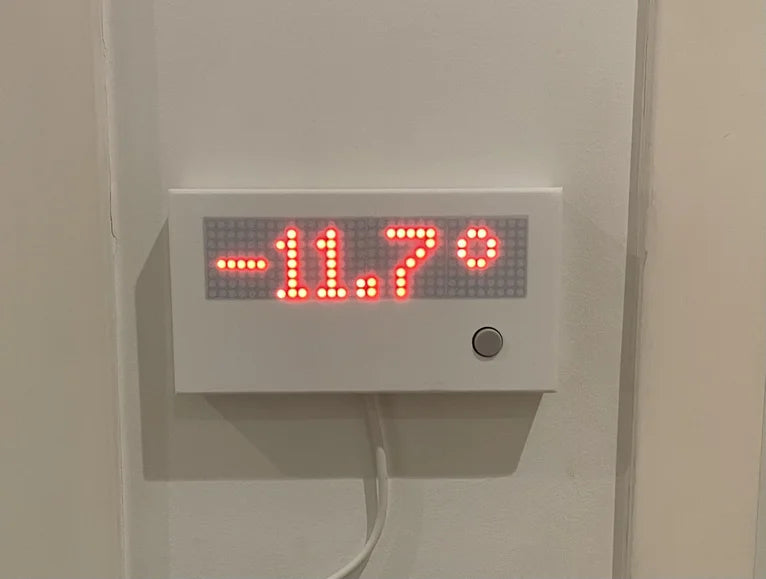
Learn about Home Automation and build a Connected Temperature Display
Are you looking for a fun and educational project to work on at home? Look no further than this DIY LED Matrix Temperature Display project! By following the detailed instructions provided by Instructables user VauxhallViva, you can create your own temperature display using Home Assistant and ESPHome.
What is Home Assistant and ESPHome?
Home Assistant is an open-source home automation platform that allows you to control and monitor various devices in your home. ESPHome is a system that allows you to create custom firmware for ESP8266/ESP32 devices, enabling you to integrate them into your Home Assistant setup.
How does the LED Matrix Temperature Display work?
This project utilizes an ESP8266 microcontroller to connect to your Wi-Fi network and gather temperature data from a sensor. The data is then displayed on an LED matrix in a visually appealing way. You can customize the display to show the temperature in Celsius or Fahrenheit, as well as add animations or effects.

Why should you try this project?
Not only is this project a fun way to learn about home automation and electronics, but it also provides a practical use in your daily life. By having a temperature display in your home, you can easily monitor the temperature and make adjustments as needed. Plus, the satisfaction of building something yourself is always a great feeling!
So, if you're ready to dive into the world of DIY electronics and home automation, check out the detailed instructions on Instructables and get started on your LED Matrix Temperature Display project today!

Leave a comment